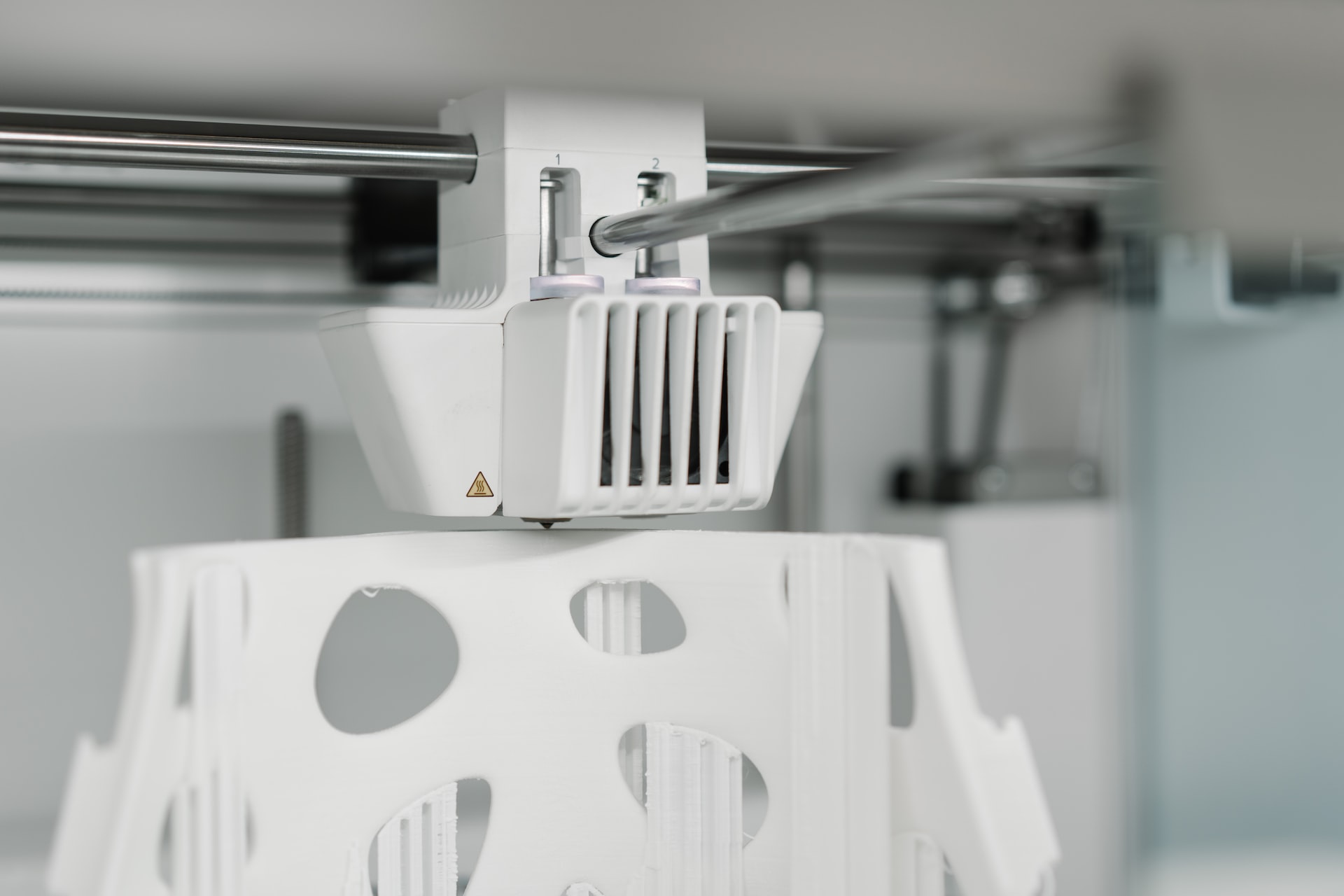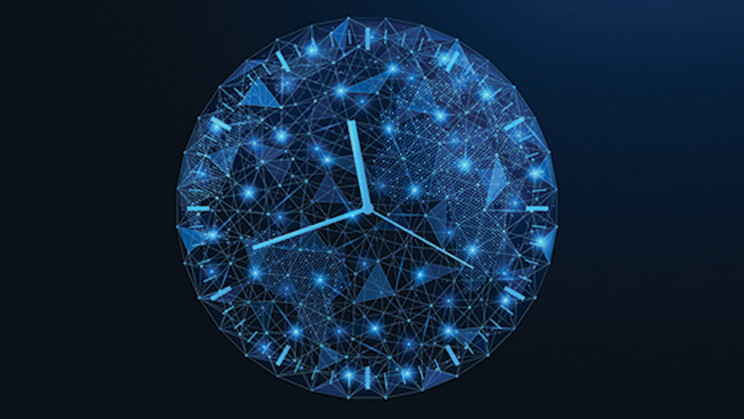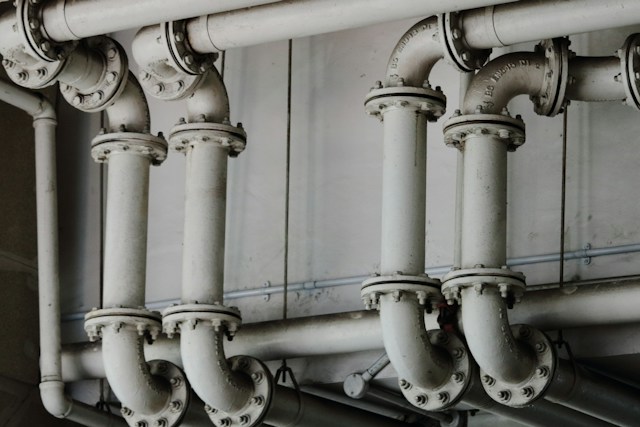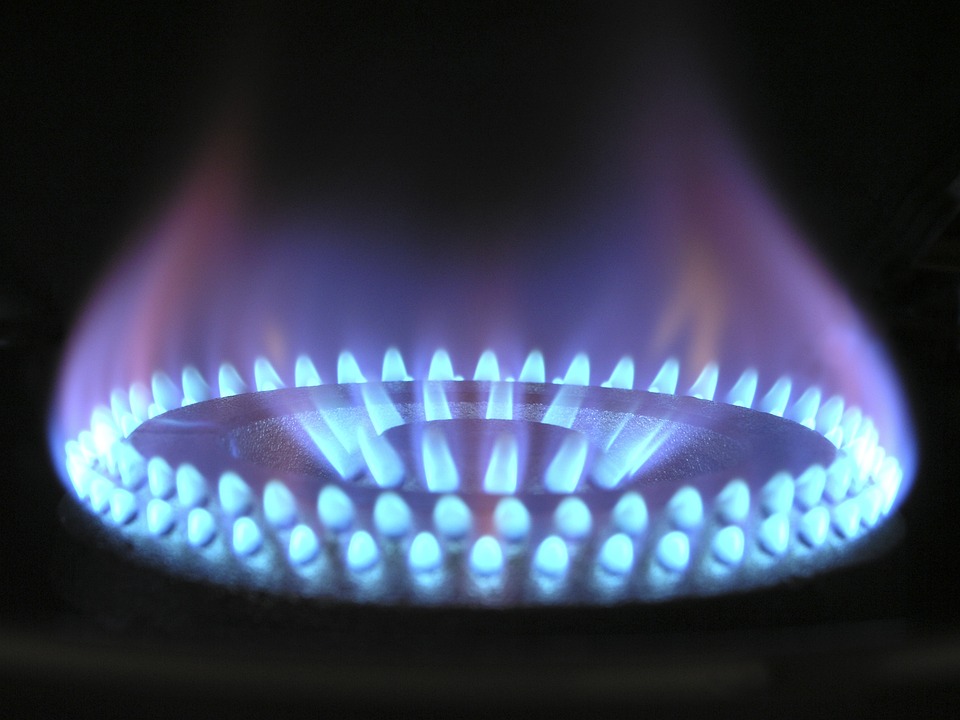IndustryTap has covered “Light Detection and Ranging,” or LIDAR. It’s a remote sensing technology around since the early 1960s.
LIDAR is used in a wide variety of applications, including:
- In agriculture to help farmers determine where fertilizer should go
- In archaeology to determine dig sites
- In the auto industry for obstacle detection and avoidance
- In robotics to help them see and maneuver
- In law enforcement by police officers who point “LiDAR guns” at oncoming vehicles to calculate their speed
- In the aviation industry where it’s being tested to detect turbulence so that flights can be smoother and safer
- In geology to “sculpt” landscapes to understand geologic formations, such as plate tectonics, earthquake cycles, faults and geomorphology
LiDar Strips Away Vegetation & Forest Canopy
In the paper “Detailed Mapping of the Northern San And Reyes Fault Using Lidar Imagery” by the US Geological Survey (USGS), researchers used airborne LiDAR imagery to update maps of the 24 mile (38 km) Northern San Andreas Fault. LiDAR provides a look at “bare earth” to provide digital elevation models (DEMs) of the ground surface and a detailed map of a fault’s related geomorphic features. It provides the highest resolution images yet available as compared to existing topographic maps and aerial photographs.
The LiDAR System captures the earth’s terrain with one laser strike per square meter and from these points, which have specific latitude, longitude and height, a “Digital Elevation Model” can be generated at one meter resolution. This information is imported into a 3D graphics program, creating images like the city in the image below.
New Seismic Hazard Models
The Holy Grail in seismic studies is being able to predict what the type of rupture to the earth and damage to surrounding area will be based on the characteristics of faults and the earth surrounding them. As more accurate models are created, quantifying and mitigating risks to people, property and critical infrastructure can occur.
LiDAR Urban Modeling
A company called Leidos converts huge amounts of data obtained from LiDAR into detailed 3-D images of urban areas to help emergency response management and mission planning.
LiDAR can also be used for national security, health, engineering projects and more.
LiDAR is now being used in diverse fields including agriculture, archaeology, robotics, mining and solar photovoltaics. The following video illustrates how LiDAR works:
Related articles on IndustryTap:
- The Pentagon Banks on Giant Inflatable Satellite Balls for Satcom
- NASA Goes Sungazing with Latest Satellite
- Biggest U.S. Rocket Launches Intelligence Gathering Satellite
References and related content:






